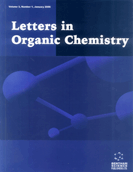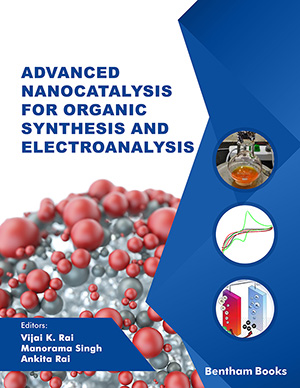Abstract
Background: Panax notoginseng, a traditional Chinese materia medica, is widely used in Chinese medicine to arrest internal and external hemorrhages, eliminate blood stasis, improve blood circulation, disperse bruises, and reduce swelling and pain. However, root rot hampers the sustainable development of planting for P. notoginseng. Root rot always occurs in the presence of pathogenic microbes. Endophytic microorganisms, residing in the living tissues of the host plant and forming complex relationships with the host, are found in every plant on the earth. The chemical investigation focused on Aspergillus has led to the diverse classes of active compounds. This research was a part of our ongoing search for naturally occurring anti-phytopathogen products from endophytic fungi associated with P. notoginseng.
Methods: The fermentation broth and mycelia were extracted with EtOAc and MeOH to give crude residues. The extracts were subjected to column chromatography over macroporous resin, silica gel, and Sephadex LH-20 to produce 7 compounds. The structures were determined based on a combination of 1 D and 2 D NMR and mass spectral data. Results: Three acyclic isoprenoids (1-3) together with other compounds were isolated from Aspergillus sp., and their structures were determined as (R)-4,8-dimethylnon-3E-en-1,7,8-triol (1), (R)-10,11- dihydroxyfarnesol (2), canangalias A (3), ergosterol peroxide (4), microperfuranone (5), veratic acid (6), and sterigmatocystin (7). The acyclic isoprenoid was rarely found in the metabolites of Aspergillus. Compound 1 was a new compound, 2 was isolated from the natural source for the first time. Antiphytopathogenic activities of these compounds were also evaluated. Conclusion: One new isoprenoid, a first isolate, and five known constituents were found in this fungus. Some compounds showed anti-phytopathogenic activities.Keywords: Aspergillus sp., acyclic isoprenoid, anti-phytopathogenic activity, endophyte, Panax notoginseng, structural elucidation.




























